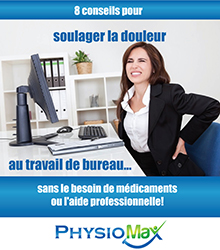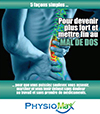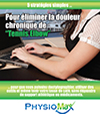Physiotherapy in Bathurst for Injury Care
Acute Injuries occur suddenly during activities. Examples of Acute Injuries include sprained ankle, strained back, or fractured hand.
When you have an acute injury there are things you can do to minimize tissue damage, protect from further injury and promote faster recovery.
At Physio Max we will help you to manage and recorver from your injury.
The most important things to do in the first 5 days after injury:
Days 1-2
- seek medical help
- protect the joint
- PEACE & LOVE and MEAT
Days 3-5
- Begin gentle range of motion as advisedby your Physio Max therapist
Acute Injury Reference Guide
The following is a reference list of common terms and guidelines that we may use at Physio Max to assist with emergency care for acute injuries.
Acute Injury. An acute injury is an injury that just happened with a sudden onset such as a sprained ankle, finger or strained back.
Braces
- walking cast
- wrist splint
- ankle brace
- knee brace
- finger/toe splints
- casts (hard and removable)
Elevation: Keeping the affected body part above the level of the heart to promote drainage and minimize swelling.
Heat Vs Cold. Can heat be used instead of cold for an acute inury?
No – Some people believe that heat is just as good as cold for the treatment of inflammation, but this is not the case for acute injuries. Applying heat to an acute injury will bring more blood to the area and cause greater flooding around the injury site. After an injury, you want to stop bleeding, not encourage it. Remember, the less fluid that comes, the shorter the inflammation process is and the sooner healing can begin.
It is true that heat can reduce pain and stiffness, much the same that cold can, but it is because cold restricts the blood flow to the injured area, that it is used instead of heat to treat acute injuries.
Ice Treatment.
As a general rule smaller body parts (i.e. finger and more superficial injuries) require a shorter time for ice treatment. For example, the recommended ice time for a sprained finger may be 5-7 minutes but an injury to your upper thigh could be 10 - 12 minutes. If the skin area you are icing becomes too pink the ice may have been on too long?
Place a damp towel or papertowel between skin and pack for 10-15 minutes maximum.
Inflammation. Inflammation is important in the first 48 hours to allow the body's natural healing chemicals time to work.
PEACE & LOVE and MEAT - stands for Protect, Elevate, Avoid anti-inflammatory medication/ice, Compression, Educate, Load, Optimism, Vascularization, Exercise; and Movement, Exercise, Analgesia, Treatment. Click here to read our PEACE & LOVE and MEAT article
Swelling. Swelling can cause further damage the longer it is in the joint, and it needs to be controlled.






